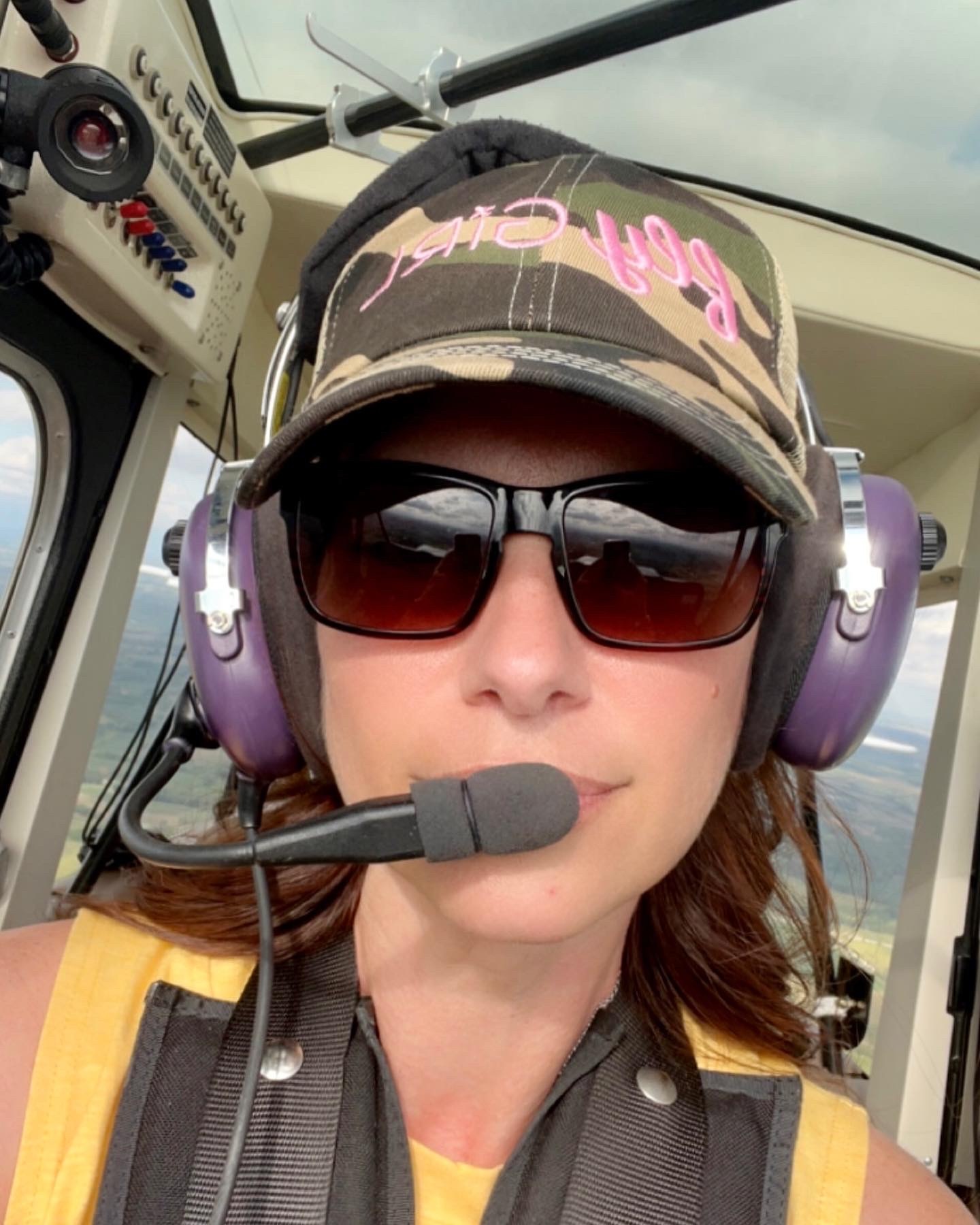
In the aviation domain, safe operation is a cardinal priority, vital for protecting life, property, and the environment. The FAA recognizes that while technical error contributes to unsafe conditions, human attitudes significantly influence decision-making and behavior, thereby affecting overall flight safety. Five hazardous attitudes have been identified that can compromise safety in aviation: anti-authority, impulsivity, invulnerability, macho, and resignation. Understanding these hazardous attitudes is essential to mitigating their negative impact and fostering a culture of safety in aviation. The community around aviation is very special and any hazardous attitudes can make for a bad day.
Anti-Authority
The anti-authority attitude manifests as a disregard for rules, procedures, and authority, which are the bedrocks of aviation safety. Pilots and crew members exhibiting this attitude often resist following standard operating procedures and instructions from air traffic controllers, considering them as unnecessary constraints. This hazardous attitude can lead to non-compliance with regulations, thereby increasing the risk of accidents and incidents.
For instance, if a pilot disregards air traffic control instructions or chooses to violate airspeed restrictions, it may result in catastrophic mid-air collisions or loss of aircraft control. Averting the anti-authority attitude involves recognizing the importance of rules and respecting them as safeguards rather than restrictions. Training programs emphasizing compliance and the rationale behind regulations are fundamental to curbing anti-authority tendencies in aviation personnel.
 Impulsivity
Impulsivity
Impulsivity is the inclination to act without adequate thought or consideration of consequences. In aviation, rapid decision-making is sometimes crucial, but impulsivity can lead to rash decisions, bypassing methodical risk assessment and mitigation processes essential for safe flight operations. For example, hastily deciding to continue a flight into adverse weather conditions without proper assessment can result in loss of aircraft control or structural damage due to severe turbulence.
Developing a systematic approach to decision-making and cultivating patience are pivotal in mitigating impulsivity. Following established checklists and procedures allows aviation professionals to analyze situations meticulously and make informed, well-considered decisions, reducing the risk associated with impulsive actions.
Invulnerability
The invulnerability attitude stems from a belief that one is immune to the risks inherent in flying. Pilots with this attitude often underestimate dangers and overestimate their abilities or the aircraft’s capabilities, leading to risk-taking behaviors such as flying without adequate fuel reserves or violating minimum altitude restrictions. This illusory sense of security can culminate in grave outcomes, including crashes and fatalities.
Overcoming this hazardous attitude involves cultivating awareness of personal limitations and the inherent risks in flying. Regular training and exposure to varied flight conditions, coupled with recurrent evaluations, are imperative to maintaining realistic assessments of one’s capabilities and the surrounding risks.
Macho
A macho attitude is characterized by overconfidence and a desire to impress others with one’s flying skills, often leading to unnecessary risks. Pilots with a macho attitude might undertake hazardous maneuvers or fly in treacherous conditions to prove their prowess, jeopardizing safety. For example, performing low-altitude flying to showcase skills can result in controlled flight into terrain or obstacles.
Counteracting the macho attitude involves fostering a culture of humility and safety consciousness. Encouraging self-reflection, peer assessments, and fostering an environment where safety is prioritized over bravado are essential in mitigating the dangers posed by a macho attitude.
Resignation
Resignation is the feeling of powerlessness or the belief that one’s actions do not affect outcomes. Pilots and aviation personnel with a resignation attitude might abdicate responsibility, avoiding assertive actions when required, which could lead to unsafe conditions. For instance, a resigned pilot may not take corrective action during an equipment malfunction, relying on fate instead of proactively addressing the issue. In flight lessons, I was consistently told: Never give up, never surrender and always fly the plane.
Combatting resignation necessitates fostering a sense of empowerment and responsibility among aviation professionals. Training programs aimed at building confidence and decision-making skills, coupled with a supportive organizational culture that values individual contributions to safety, are crucial in alleviating resignation attitudes.
The five hazardous attitudes in aviation—anti-authority, impulsivity, invulnerability, macho, and resignation—are potent influencers of unsafe behaviors and decision-making processes, acting as latent precursors to accidents and incidents. Each attitude, with its unique manifestations and consequences, necessitates targeted intervention strategies to mitigate its negative impact on aviation safety.
Addressing these hazardous attitudes begins with acknowledgment and self-awareness, followed by education and training that emphasize the importance of adherence to procedures, methodical decision-making, realistic self-assessment, humility, and empowerment. An organizational culture that prioritizes safety, encourages open communication and values individual contributions is paramount in fostering positive attitudes and behaviors.
A holistic approach involving individual, organizational, and industry-wide efforts is crucial to mitigating the hazardous attitudes in aviation. By promoting a culture of safety, continuous learning, and self-improvement, the aviation industry can advance towards a future where the skies are safer, and the hazardous attitudes are relics of the past. If you have any questions or would like more conversation, reach out to any of us at Angle of Attack. I am sure we all have some experience with these attitudes.

Karey grew up and obtained her in private pilot’s license in Central Iowa. She fell in love with tailwheel aircraft during her primary training and obtained a tailwheel endorsement the week following her private pilot checkride. She is eager to obtain her seaplane rating and is merging her passion for flying with her prior work career. Karey has a background in marketing, editing, and web design after graduating from Simpson College. When she is not flying or working, Karey enjoys anything related to technology and admits she can be a bit of a nerd. She also has discovered a love for virtually all outdoor pursuits, with a special fondness for climbing, shooting, and hiking.

Stay Connected
Be the very first to get notified when we publish new flying videos, free lessons, and special offers on our courses.





